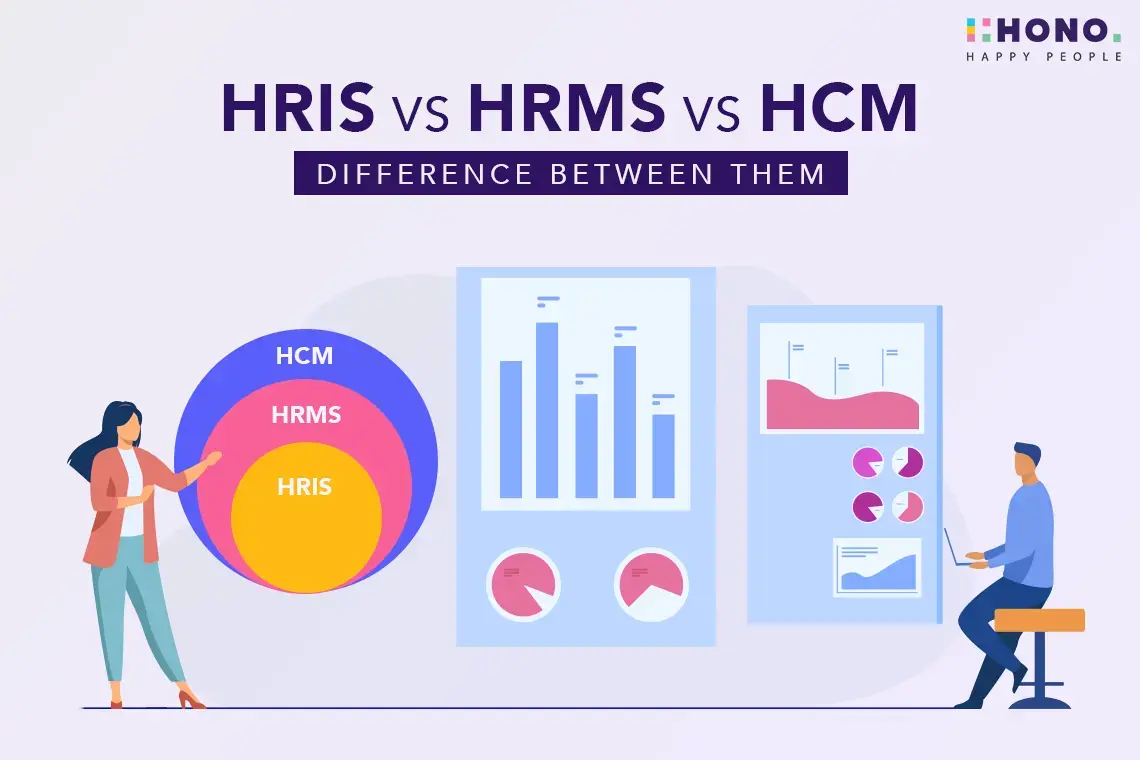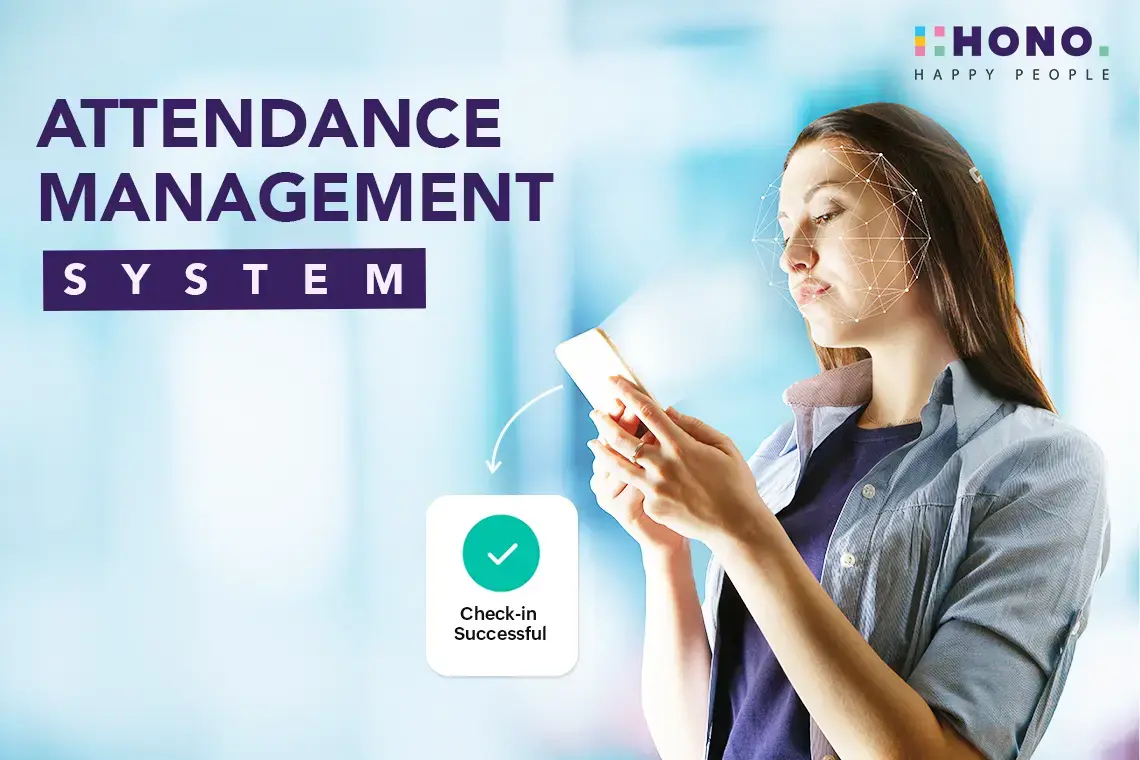Initial Investment and Setup Costs
On-Premise HCM: The initial cost is the most significant investment for On-Premise solutions. It includes hardware procurement, software licenses, and installation services. Businesses need to invest in servers, storage, and other infrastructure to support the software. Additionally, there's often a need for an in-house IT team or external consultants to deploy and configure the system, adding to the initial costs.
SaaS HCM: SaaS solutions, on the other hand, typically have lower initial costs. The software is hosted in the cloud by the service provider, eliminating the need for substantial hardware investments. Setup fees, if present, are usually minimal. Subscription-based pricing spreads the cost over time, making it more manageable for businesses to adopt advanced HCM solutions without a hefty upfront investment.
Maintenance and Upgrade Costs
On-Premise HCM: Maintaining an On-Premise solution can be costly. Businesses are responsible for the ongoing maintenance of the hardware and software, including upgrades, security patches, and troubleshooting. This often requires a dedicated IT staff and can lead to unpredictable expenses, especially when hardware needs to be replaced or when major software updates are released.
SaaS HCM: SaaS providers handle maintenance, upgrades, and security, significantly reducing the burden on the business's internal resources. The subscription fee typically includes these services, providing a predictable cost model. Updates are automatically deployed without additional costs, ensuring that the software remains up-to-date with the latest features and security standards.
Scalability and Flexibility
On-Premise HCM: Scaling an On-Premise solution can be complex and expensive. It usually requires additional hardware and software licenses, plus the labor to implement the expansion. This can be a slow process, hindering a business's ability to adapt to growth or changes quickly.
SaaS HCM: SaaS solutions offer superior scalability and flexibility. It's easy to add or remove users, and the system can scale to accommodate business growth or seasonal fluctuations. This flexibility is often critical for businesses in dynamic industries or with varying workforce sizes.
Operational Efficiency and Accessibility
On-Premise HCM: On-Premise systems may offer more control over data and customization but can limit operational efficiency and accessibility. They are typically accessed only within the corporate network, which can restrict remote work and mobile access — crucial aspects in today's workforce.
SaaS HCM: SaaS HCM solutions shine in promoting operational efficiency and accessibility. Being cloud-based, they are accessible from anywhere, at any time, using any device with internet connectivity. This supports remote work policies and offers HR professionals and employees greater flexibility.
Cloud based HR Solutions, The Agile and Cost-effective Approach
Cloud-based HR solutions, often encapsulated under the term SaaS (Software-as-a-Service), are digital platforms hosted on the provider's servers. These platforms offer an anytime, anywhere access paradigm, fundamentally altering how businesses manage human resources. By storing data in the cloud, these systems enable seamless and immediate access to information, eliminating the need for heavy investment in physical infrastructure or the hiring of specialized IT personnel for system maintenance. This model typically involves a subscription fee, offering a cost-effective way for organizations to leverage sophisticated HR tools without the traditional overheads, thus freeing up resources to concentrate on core business objectives.
Advantages of Cloud based HR Solutions:
Cost Efficiency: Significantly lower total ownership costs compared to traditional on-premise solutions, owing to reduced upfront investments in hardware and perpetual licenses.
Simplified Management: Automatic updates and maintenance by the service provider lessen the administrative burden on businesses.
Scalability: Flexibility to adjust subscriptions based on current needs, offering an agile solution that grows with the business.
Data Security: Enhanced security measures, including encryption, to protect sensitive information, often surpassing the capabilities of in-house systems.
Real-time Accessibility: Ensures data is available round-the-clock, facilitating timely decision-making and operational efficiency.
On-premise HR Systems: The Traditional, Control-centric Model
An on-premise HR system is a traditional approach where the software is installed and operated within a company's in-house server and computing infrastructure. It requires a significant upfront investment in both the software license and the necessary hardware. Maintenance, updates, and security are managed internally, offering businesses complete control over their HR data and system customization. This model, while offering autonomy, demands a substantial investment in both infrastructure and technical expertise.
Advantages of On-premise HR Solutions:
Complete Control: Full authority over system modifications, updates, and data management.
Security: Direct oversight of data security protocols and measures, appealing to organizations with highly sensitive data.
Customization: Greater scope for tailoring the system to precise business requirements, albeit at a higher cost.
SaaS vs. On-premise HR Systems: Key Considerations for Businesses
Affordability: Cloud-based systems present a more cost-effective model with lower upfront costs and scalable subscriptions, in contrast to the significant initial investment required for on-premise systems.
Security: While on-premise solutions offer direct control over security, cloud providers specialize in robust security measures, often delivering superior protection due to economies of scale and expertise.
Adaptability: Cloud solutions offer remarkable flexibility to meet evolving business needs without the need for extensive internal IT adjustments.
Real-time Data: The cloud guarantees immediate data access, essential for dynamic business environments, a feature that on-premise solutions struggle to match.
Implementation and Upgrades: Cloud systems are renowned for rapid deployment and hassle-free, automatic updates, contrasting with the time-consuming and complex upgrade processes of on-premise solutions.
Flexibility and Scalability: The subscription-based model of cloud solutions allows for easy adjustment of services to current needs, providing a clear advantage in scalability over on-premise systems, which require additional purchases and installations for expansion.
Also read: Cloud LMS vs. On-Premises LMS
Deciding between a cloud-based and an on-premise HR system hinges on a variety of factors including cost, control, security, flexibility, and the specific needs of the business. With the trend leaning towards cloud computing, organizations are encouraged to carefully assess their priorities and choose the solution that best aligns with their strategic goals and operational requirements. The choice between SaaS and On-Premise HCM solutions is a strategic decision that impacts not only the HR department but the entire organization. While SaaS solutions offer lower initial costs, ease of scalability, and operational efficiency, On-Premise solutions provide more control and may be preferred by organizations with stringent data security requirements. Ultimately, the total cost of ownership extends beyond mere financial considerations. It encompasses the impact on productivity, the flexibility to adapt to business changes, and the ability to meet the evolving needs of the workforce. By carefully evaluating the TCO of both SaaS and On-Premise HCM solutions, businesses can choose the best path forward in their digital transformation journey, ensuring their HR practices are both effective and efficient.
Request a Demo Now!

.png?width=70&height=70&name=Team%20HONO%20logo-01%20(1).png)








.png)
